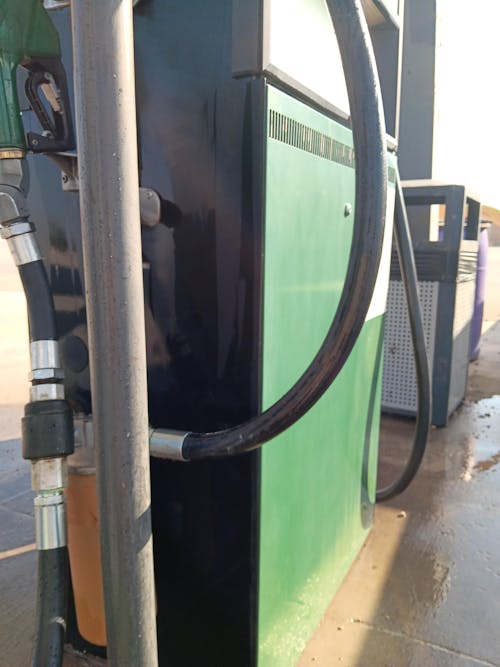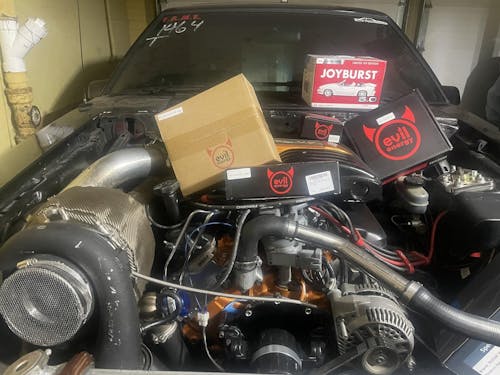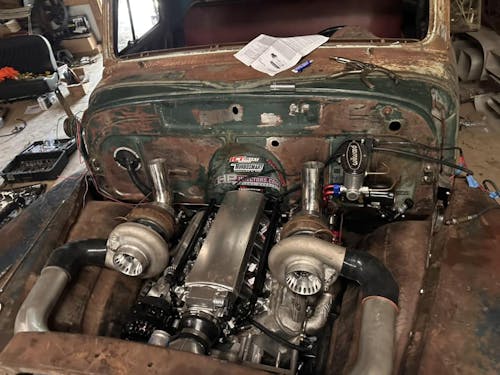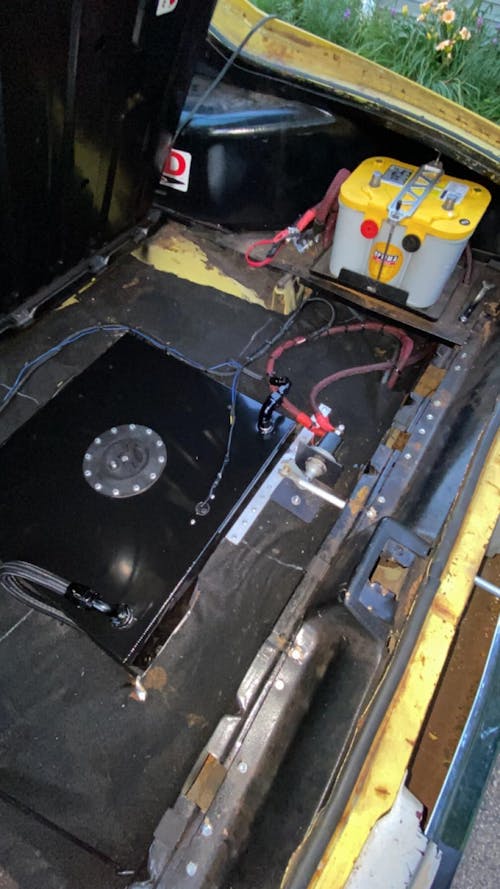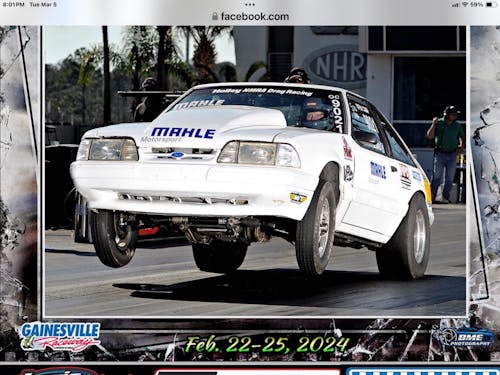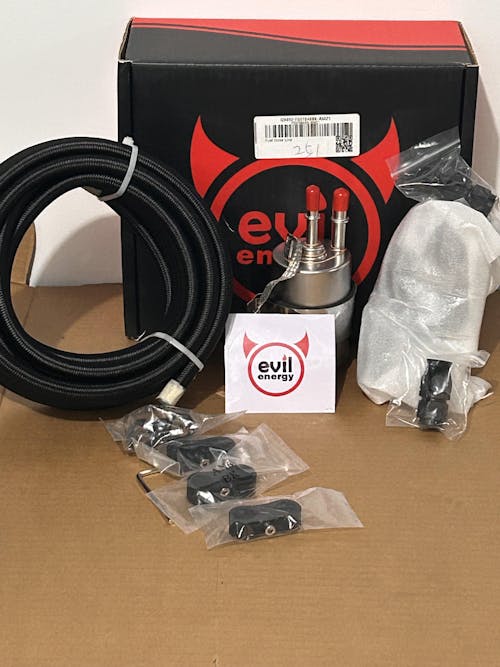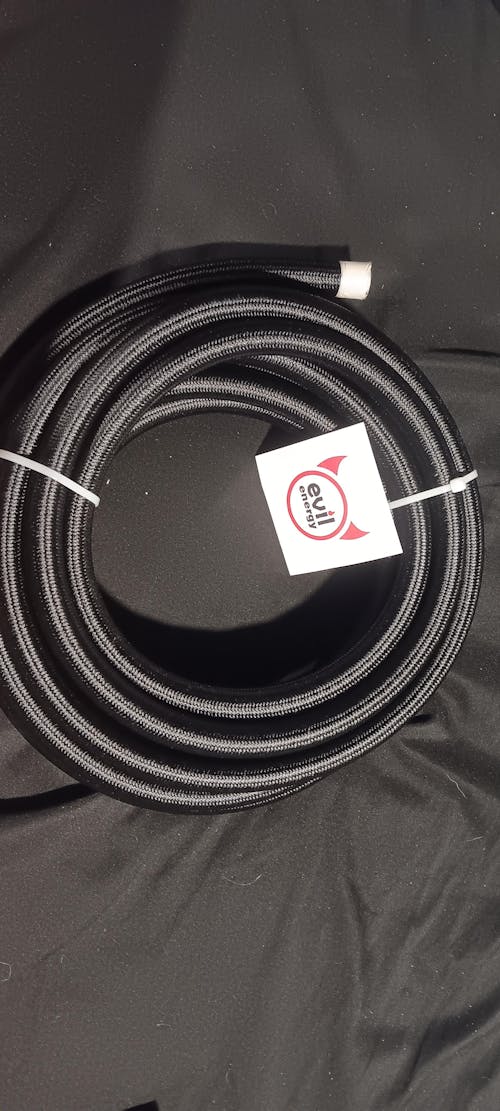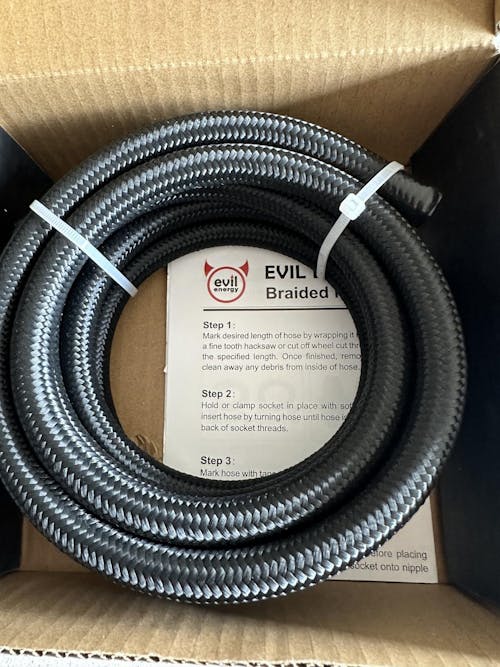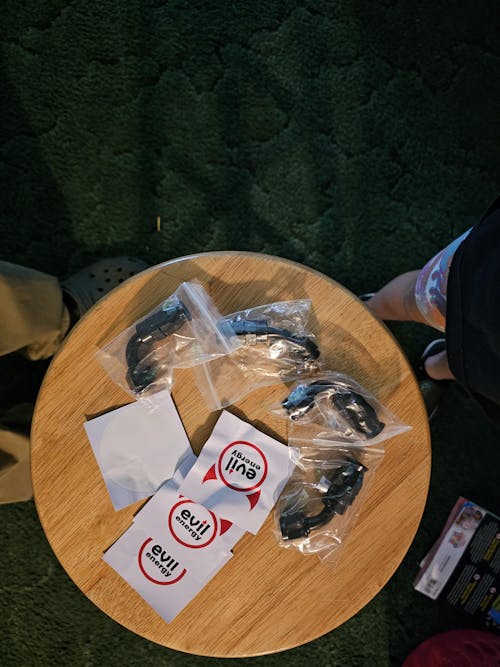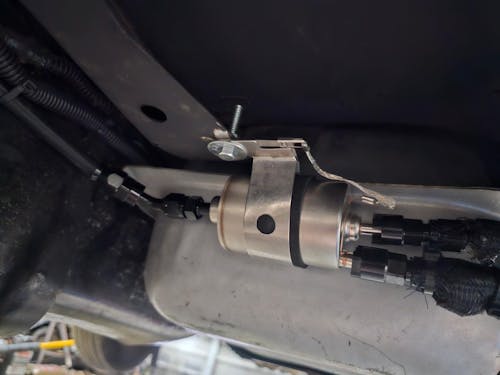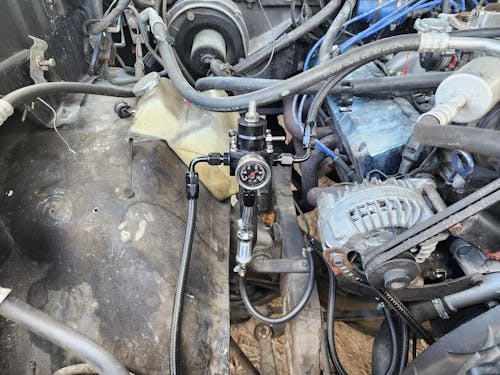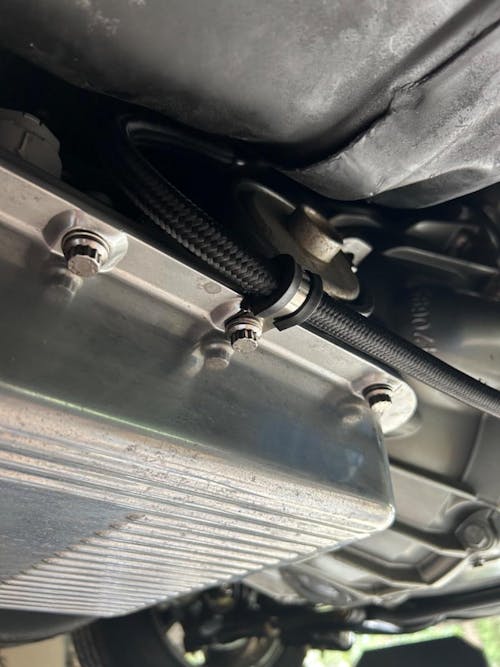How to clamp exhaust pipes together?
Securing exhaust pipes effectively is crucial for maintaining your vehicle's performance and safety. A loose or improperly clamped exhaust pipe can lead to various issues, from annoying rattles to dangerous gas leaks.
Various methods are available for clamping these pipes, each suited to different types of exhaust systems and requirements.
Preparing for the Job
Start by assembling all the tools you'll need. This typically includes different sizes of clamps, a socket wrench set, and a reliable screwdriver.
Wearing the right safety gear is critical. Thick gloves and safety glasses are non-negotiable to protect yourself from sharp edges and debris.
Ensure your vehicle is firmly supported. Use jack stands to stabilize it, especially if you're going to work underneath.
A well-lit and spacious area makes the job less stressful. Good lighting helps you see what you're doing, reducing the risk of mistakes.
Before you begin, double-check that you have everything. Missing a tool halfway through can be frustrating and time-consuming.

Cleaning and Aligning Pipes
Cleaning the pipes is essential for a snug fit. Use a wire brush or sandpaper to remove any rust, dirt, or debris.
Aligning the pipes correctly is just as important. Ensure they are straight and flush against each other for a secure clamp.
Check the fit several times. Small adjustments can make a big difference in alignment.
A clean and well-aligned pipe not only ensures a strong bond but also extends the life of your exhaust system.
Take your time with this step. Rushing could lead to poor alignment, making the next steps more challenging.
Using U-Bolt Clamps
When it comes to installing U-bolt clamps, precision is key. Start by positioning the clamp around the aligned pipes.
Tightening the bolts evenly on each side is crucial for a balanced fit. Use a socket wrench for this, ensuring each side is equally tight.
A properly installed U-bolt clamp should feel firm but not overly tight. Over-tightening can warp the pipes or damage the clamp.
This method is especially effective for securing E85 fuel line connections, where a reliable seal is vital.
Regularly check the clamps after installation, especially after the first few drives. Vibrations from driving can sometimes loosen them.
Applying Band Sleeve Clamps
Band sleeve clamps offer a reliable solution for exhaust pipe connections. Begin by sliding the clamp over one end of the pipes to be joined.
Once in place, tighten the clamp evenly. This creates a strong, leak-proof seal without damaging the pipes.
Exhaust sleeve clamp technology is particularly useful for its versatility and strength. It's a great choice for various pipe diameters and types.
The main advantage of band sleeve clamps is their ability to provide a secure connection without the need for welding or extensive modifications.
Utilizing Flexible Braided Pipes
Flexible braided pipes are an excellent choice for areas needing extra flexibility. They absorb vibrations and slight movements, making them perfect for complex exhaust setups.
Installation is straightforward. Align the braided pipe with the exhaust sections you're connecting, ensuring a snug fit.
This method shines in situations where rigid connections could fail. Think about places in the exhaust system that experience movement or heat expansion.
Securing the connections with clamps is crucial. Ensure they're tight enough to hold but not so tight that they compress the braided material excessively.
Implementing V-Band Clamps
V-band clamps are ideal for high-performance exhaust systems. They're designed to handle extreme conditions.
Start by placing the V-band clamp around the exhaust pipes. Ensure the flanges are properly aligned for a secure fit.
Tightening the clamp involves a simple process. Turn the bolt until the clamp secures the pipes firmly, avoiding any distortion.
Their robust design makes V-band clamps perfect for cars that undergo high stress, like racing or off-roading.
Exhaust Pipe Sealant Application
Applying exhaust pipe sealant is a critical step for preventing leaks. Start by thoroughly cleaning the area where the sealant will be applied to ensure good adhesion.
Apply the sealant evenly around the circumference of the pipe. Follow the manufacturer's instructions for the amount needed.
Allow the sealant to set for the specified time before clamping or connecting the pipes. This ensures a strong, leak-proof bond.
Replacing Mufflers without Welding
Replacing a muffler without welding starts with removing the old one. Disconnect the exhaust pipes and unbolt the muffler from its mounts.
Next, position the new muffler. Make sure it aligns correctly with the exhaust system.
Use clamps to secure the new muffler to the exhaust pipes. Tighten them evenly for a secure fit.
After installation, it's important to test the system. Listen for any unusual noises and check for exhaust leaks.
Conclusion
Properly clamping exhaust pipes is key to maintaining a vehicle's performance and safety. The process may appear challenging at first, but with the right tools and careful attention to detail, it can be easily accomplished.
Ensuring a secure and accurate fit prevents potential hazards like leaks and contributes to the longevity and efficiency of the vehicle's exhaust system.


![EVIL ENERGY 4/6/8/10AN PTFE Fuel Line Kit | E85 Nylon Braided Hose | 16/20FT Black Black with Comprehensive Fittings [20FT]](http://www.ievilenergy.com/cdn/shop/files/Test-2025-Evilenergy-125598065_165x.png?v=1742144807)
![ptfe hose fitting kit [16FT]](http://www.ievilenergy.com/cdn/shop/files/Test-2025-Evilenergy-125598171_165x.png?v=1742144807)
![CPE Fuel Line[25FT]](http://www.ievilenergy.com/cdn/shop/files/25FTCPE_FuelLine_165x.png?v=1735220649)
![CPE Fuel Line[20FT]](http://www.ievilenergy.com/cdn/shop/files/20FTCPE_FuelLine_165x.png?v=1735220649)


